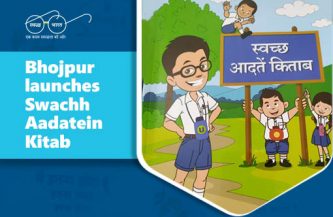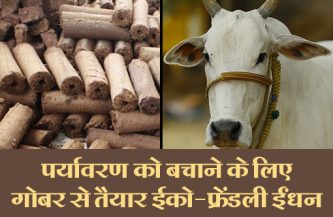Focus on nutrition, Increasing the use of millets

Prime Minister Narendra Modi’s plea in his recent “Mann Ki Baat” to make malnutrition eradication a people’s movement is well timed. Though the country has made noticeable progress in alleviating starvation, mal nutrition is still pervasive as evident from the high incidence of anemia and obesity, both of which affect people’s health and productivity. Since the month of September is observed as “Poshan Maah” (nutrition month) every year, this is the right time to draw attention to the need for a balanced and diversified diet among all classes of the population. The prime minister’s stress on the use of technology for creating awareness about this issue is, therefore, well taken. The government, on its part, has also made some well-advised moves to utilize angan wadis (primary institutions for taking care of children) for this purpose by equip ping them with mobile devices and extending their services to adolescent girls.
However, the country’s vast public-distribution network, as with the other food-based welfare programs which together cover nearly two-thirds of the population, has failed to deliver to its potential largely because of its narrow focus on supplying primarily the belly-filling cereals rather than the whole range of food items to take care of the nutritional needs. This issue needs to be addressed urgently. The United Nations (UN) report titled “State of Food Security and Nutrition 2022” has indicated that even though the number of undernourished people in India has declined from 247.8 million in 2004-06 to around 224 million in 2019-21, the count of anemic children and women, as also of overweight people, is still disquietingly high. This is borne out also by the findings of the Fifth National Family Health Survey, conducted in 2019-21. It had shown that while over half the children and women were anemic, the incidence of obesity was on the rise among both men and women.
This is a perturbing state of affairs, especially considering that India has emerged in recent years as one of the world’s major producers and exporters of food. In the case of fruit and vegetables, India is the world’s second-largest producer-after China. The root cause of malnourishment, therefore, is not so much the inadequacy of food but its skewed consumption, tilted towards cheaper (read subsidized) cereals, notably wheat and rice, rather than the relatively nutritious coarse grains like millets. In this context, the prime minister’s stress on increasing the consumption of millets assumes special significance. A recent study by seven organizations under the leadership of the Hyderabad based International Crops Research Institute for Semi-Arid Tropics and published in the journal Frontiers in Nutrition supports this line of argument. It points out that regular consumption of millets can improve hemoglobin levels and reduce anemia-causing iron deficiency, besides meeting all or most of the daily nutritional requirements of an average person.
India, the world’s largest producer of millets, has been instrumental in getting the UN General Assembly declare 2023 the “International Year of the Millets”. The country, therefore, must lead the world in showing the ways and means to boost their production and consumption and their value-added products. The ultimate objective, obviously, should be to make millet products part of the mod ern food platters to combat malnutrition in a cost-effective manner.
sourced – Business Standard





